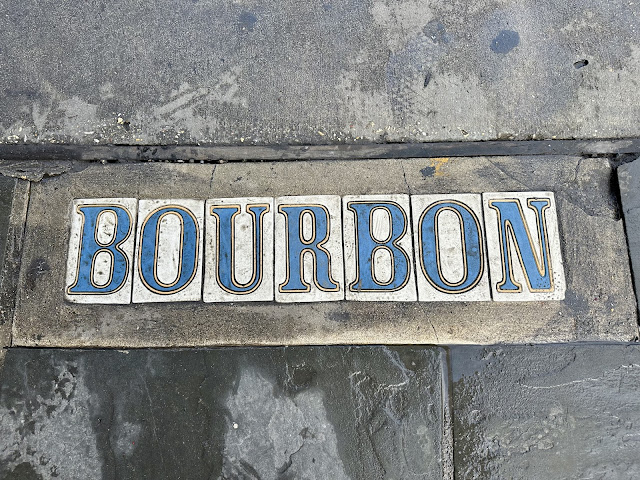MIT AgeLab punched holes in the accepted viewpoint of aging:
· The 50-plus population controls 83% of household wealth in the US.
· Account for $7.6 trillion in spending, more than those under 50.
· Over 50 outspend online 2:1.
· 73% of 65-plus population is online, and half own smartphones.
· Only 35% of people 75 or older consider themselves “old”.
Why should they consider themselves old? Older individuals are generally healthier than generations past. They remain engaged and relevant.
· 50-plus business leaders start twice as many successful companies as ~30 YO business leaders.
· Sister-in-law’s 83 YO father takes care of 100 acres and started new hobby woodworking 2-3 years ago. (getting really good)
· Her 81 YO mom takes care of horses and mucks the stalls after 2 hip replacements.
· Uncle celebrated 85th birthday leaving New Jersey for Arizona senior basketball tournament with his team.
· Komo news interviewed 2 women celebrating their 104th birthdays. Each walks separately over a mile daily around Ballard, WA.
Business seems stuck in outdated narratives. Advertising focuses on the 18-24 and 25-34 age groups, which have less money to spend. Half of long time jobholders are pushed out before they planned to retire. Many older workers have to fight outright ageism to prove their value. They are not considered for hiring, new assignments, or promotions.
Research does not confirm these beliefs. BMW experiments show:
· Productivity improves when work teams are intergenerational.
· Age-diverse teams do better at problem-solving and generating ideas.
· Older workers mentor and serve as role models.
These expectations are from 19th century beliefs that the old run out of “Vital Energy”, like a worn out battery. Sex and manual labor were both considered to be especially draining. Science has disproven these theories.
These beliefs affect your careers and businesses. Have overheard HR discussions about the aging workers problem - people in their mid 30s and 40s. Despite record low unemployment and a skills shortage, these ageist beliefs persist.
Successful leaders need to provide better products and services for age diverse consumers. They need to lead teams with diverse cultures, backgrounds and ages. How can you start addressing these opportunities for your business?
“Old age” is made up—and this concept is hurting everyone
MIT Technology Review
Happy birthday to you, Madelyne and Kay


No comments:
Post a Comment